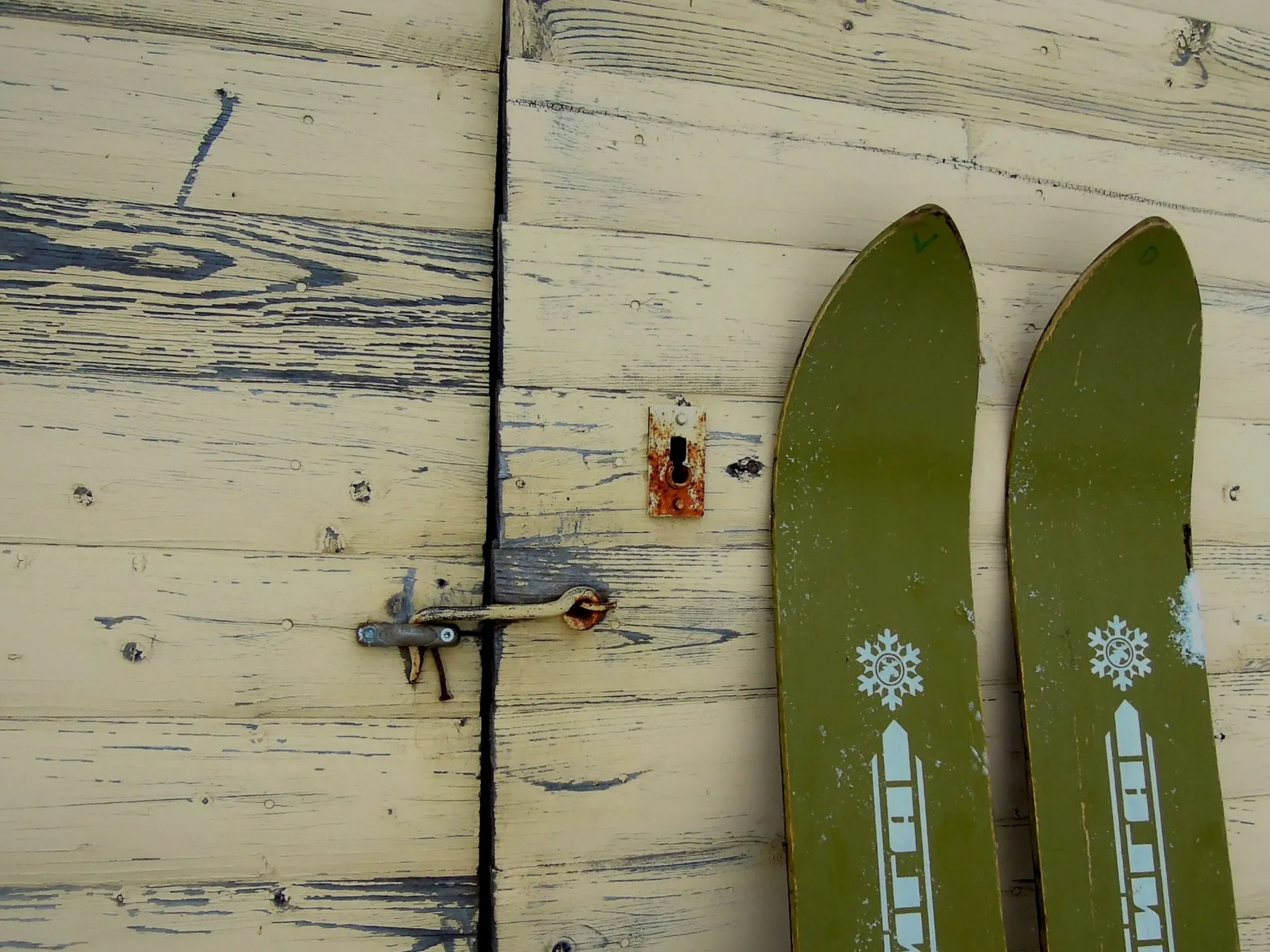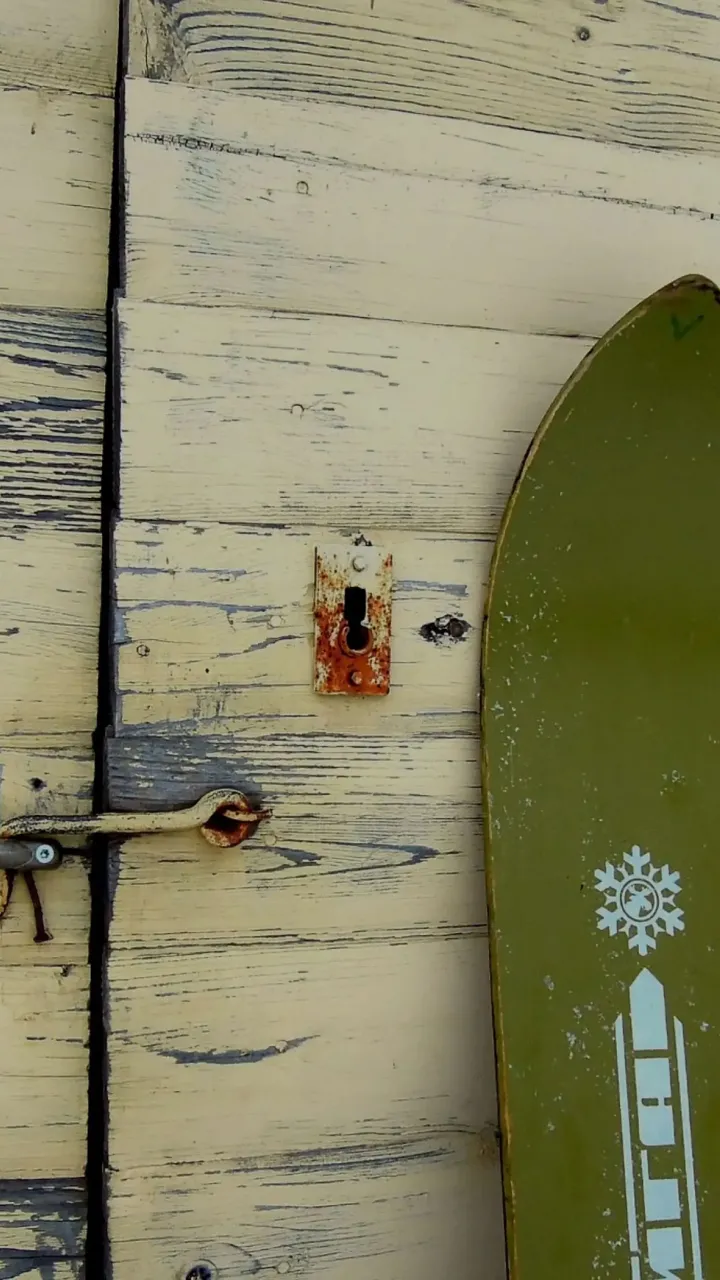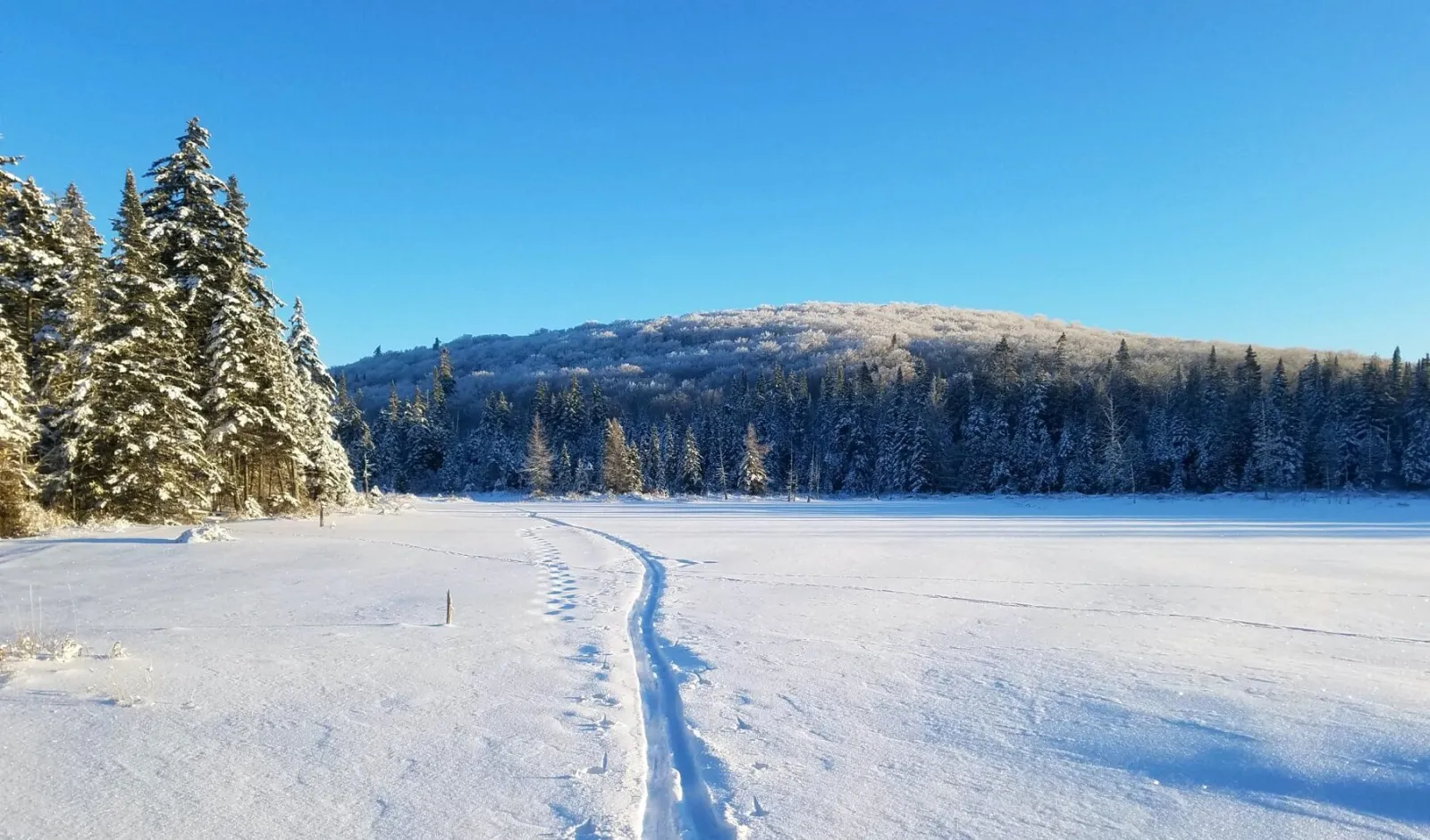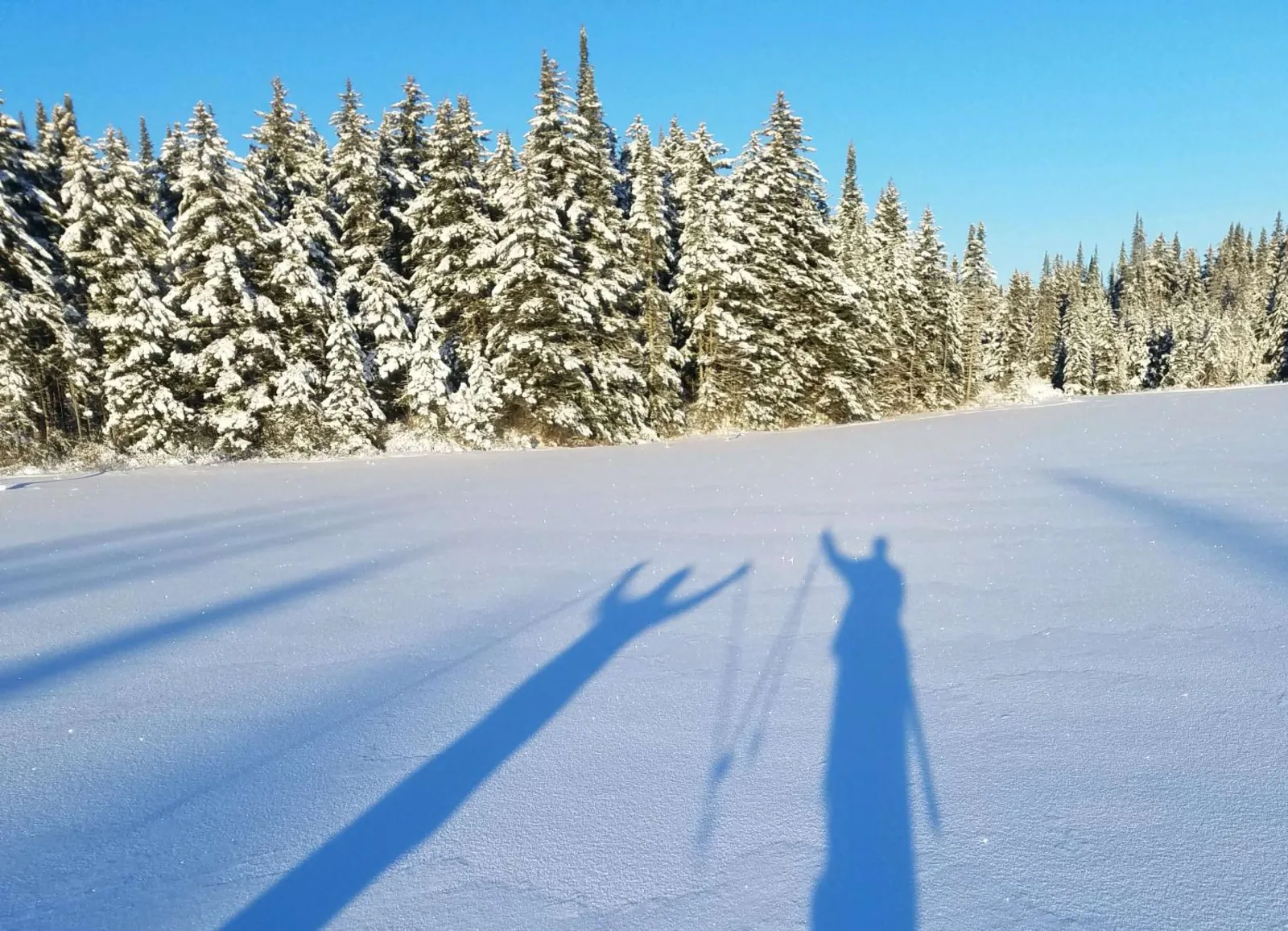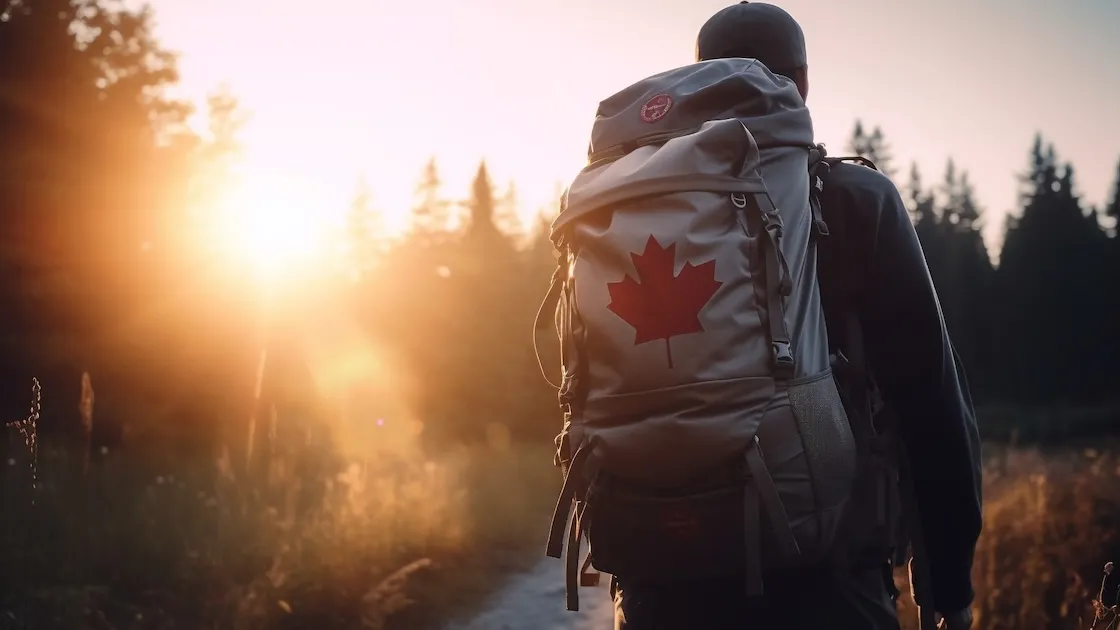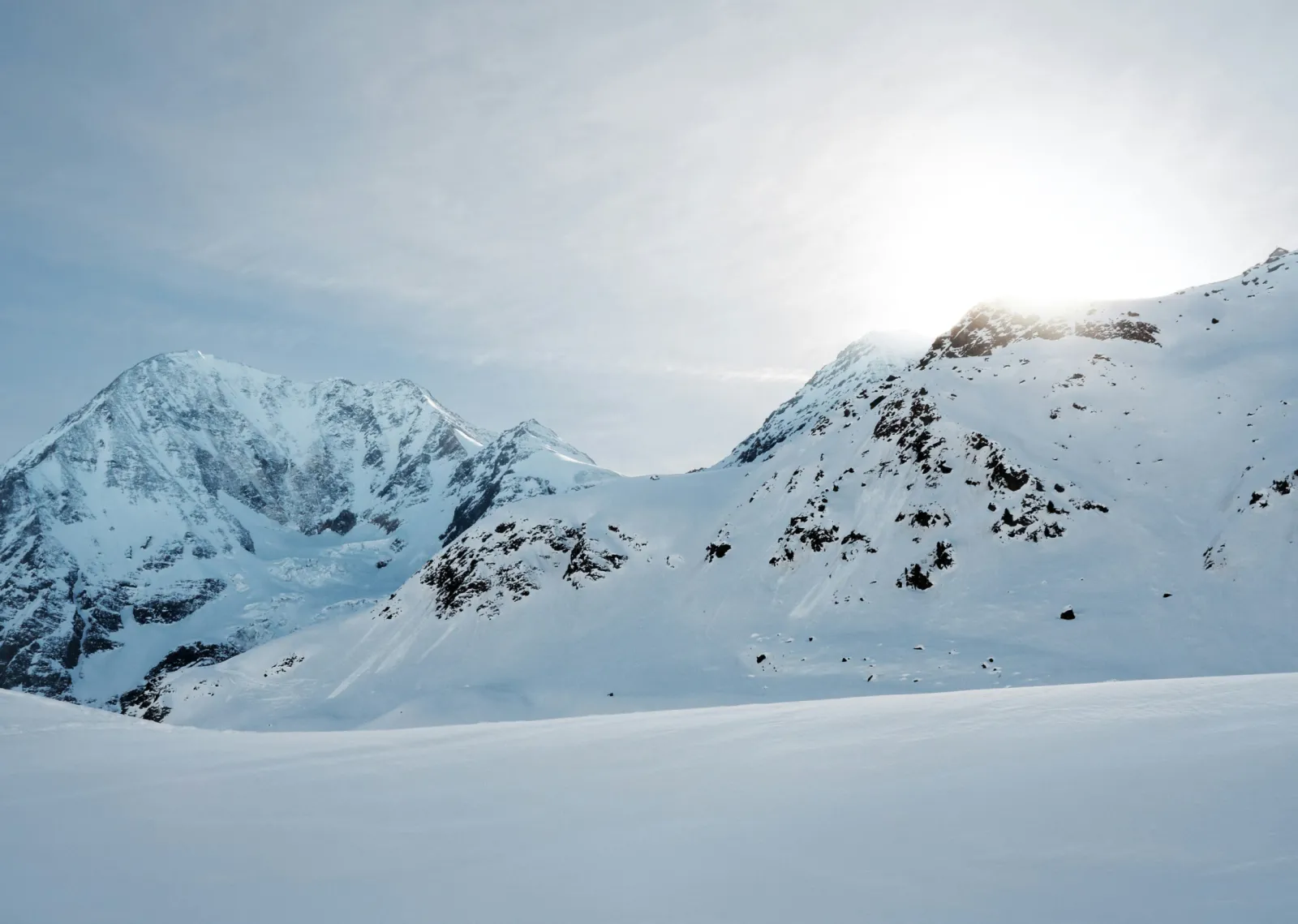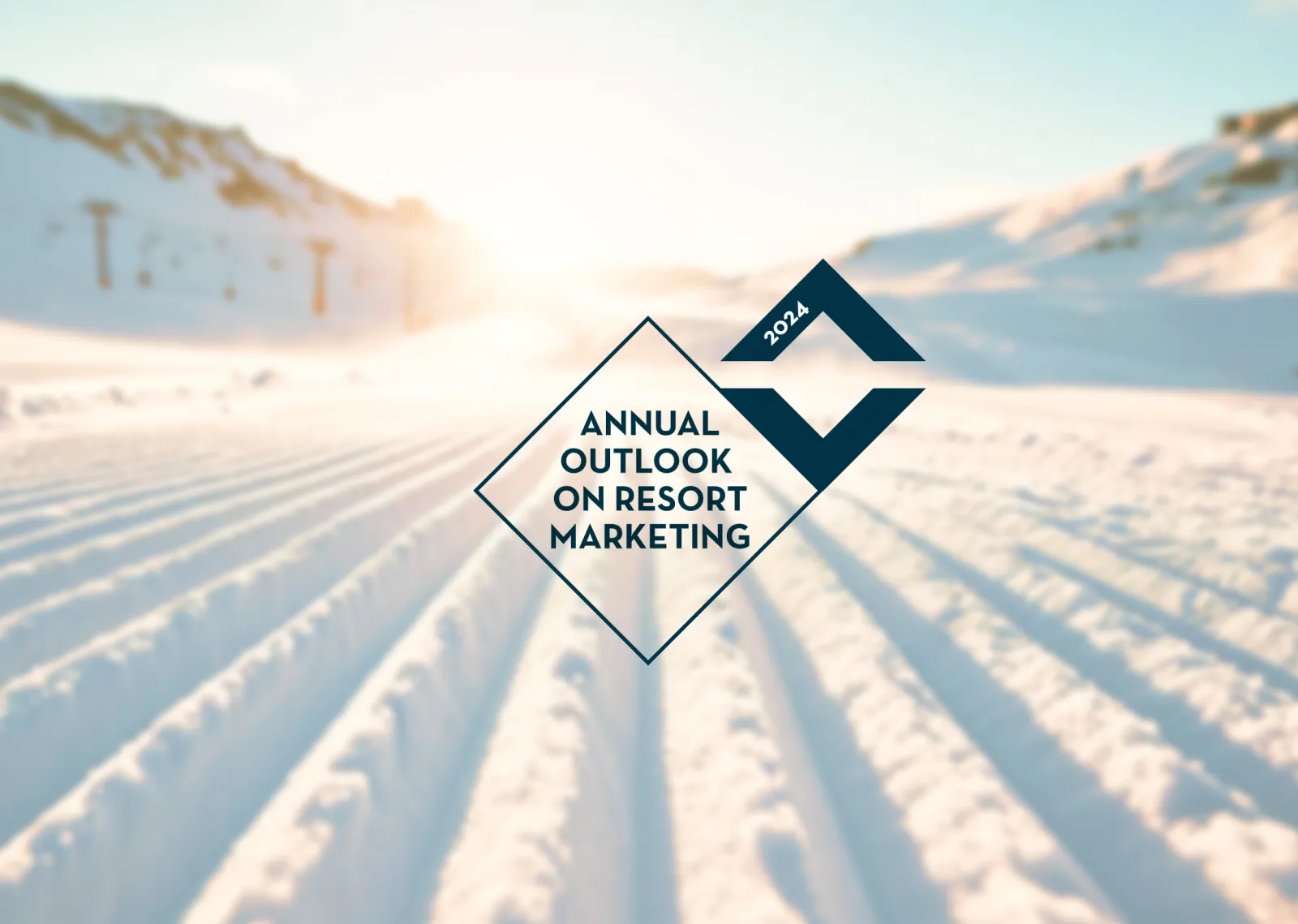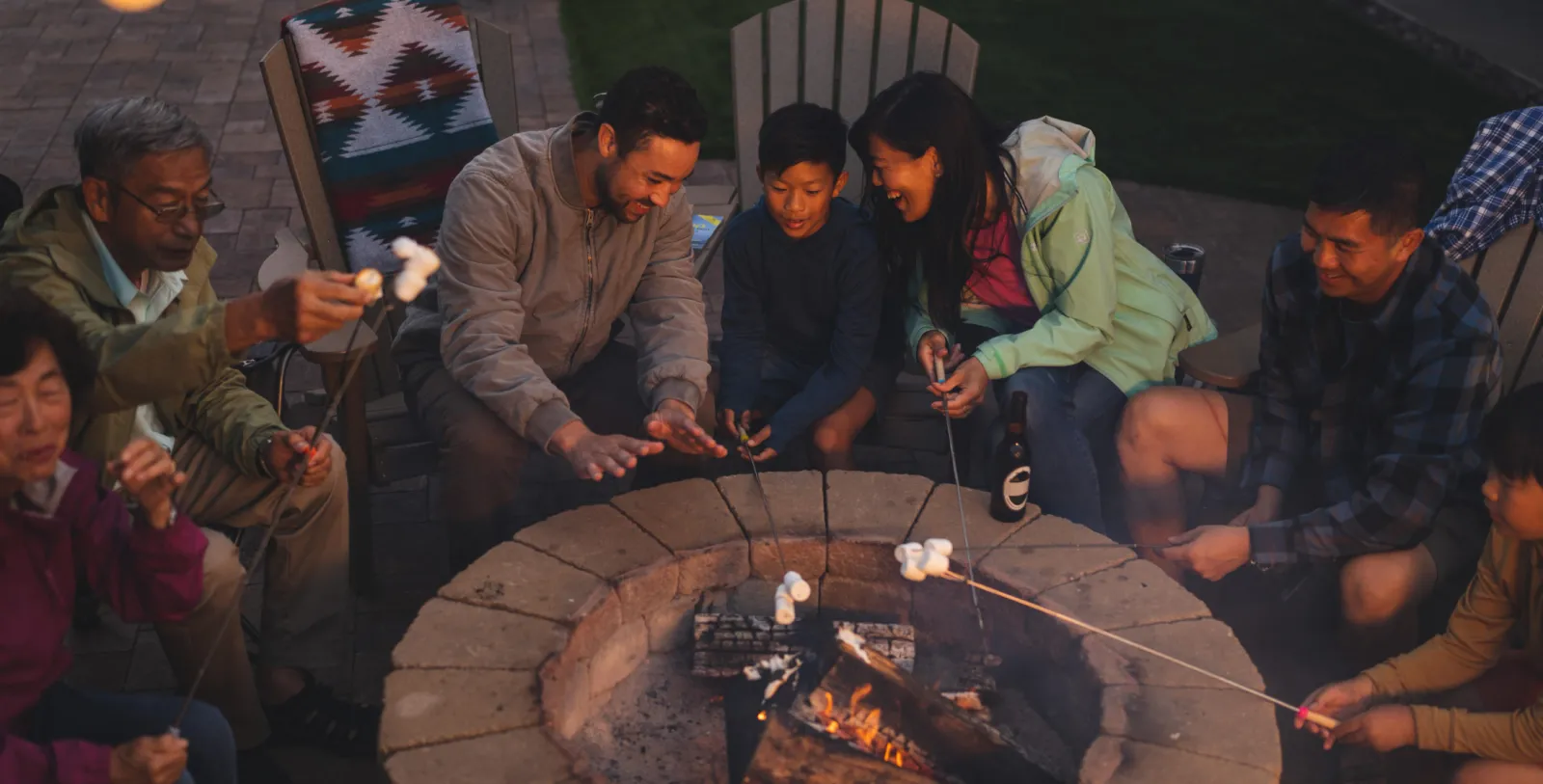How a pair of used skis can change everything
When I was 12, my uncle sent me a pair of his old downhill skis. They were Rossignols, and they had grey-coloured top sheets with colourful stripes to connote speed, and by contemporary standards, they were probably 15cm too long for me, and at least 50mm too narrow. On the other hand, they were my first pair of downhill skis, and they were from my uncle, who rode motorcycles and lived in a cabin outside Leadville, Colorado, and was therefore perhaps the very coolest of my blood relations. Or of pretty much anyone else I knew, for that matter.
The gift of my uncle’s hand-me-down skis was a big deal. My family lived in Vermont, and we were poor. Or if not poor, at least poor-ish, which is to say, we weren’t lacking for basic essentials of food and shelter. But neither were we in a position to outfit me with skis. It might be a stretch to suggest that if not for my uncle’s generosity, I’d never have learned to ski. On the other hand, it might not be.
It’s no secret that downhill skiing is embarrassingly lacking in socioeconomic diversity (it’s unfortunately lacking in other types of diversity, too, but for now, I’m talking money). By and large, skiing is a wealthy person’s sport, with over half of the 9.4 million US skiers belonging to households earning more than $100,000 (comparatively, only about 20% of total households earn this much). Cycling isn’t much better; a study conducted by McGill University showed that in 2008, 13 percent of cyclists had a household income of $100,000 or more. By 2013, the year the study was conducted, one-quarter of the respondents' household income was above $100,000. Not an encouraging trend.
Of course, none of this is any secret to those of us working in the outdoor industry; hand-wringing over the lack of all types of diversity among both participants and the industry itself is as common as apres pints and powder day fist bumps. Of course, it’s no mystery why the sports we love so much are bloated with rich, white people: It’s because they’re really freakin’ expensive.
Over the past few months, as I - and you, presumably - have endured the lockdowns and isolation associated with COVID-19, I’ve reflected frequently on my good fortune to have been the recipient of my uncle’s old Rossignols. For the first month of lockdown, while the snow was still abundant in the hills surrounding my northern Vermont home, I skied almost every day. The resorts were closed, of course, so I toured through the neighbouring fields and forests, grateful for the ease of access, for the gear that made my outings possible, and, perhaps more than anything, for the simple fact that I had such an outlet to help me cope with the anxiety of the moment. In other words, the privilege wasn’t simply that I had an opportunity to get out and have fun; it was that I possessed the means for maintaining my emotional equanimity. Or at least as much equanimity as I’m capable of.
As the snow melted, and the sun reemerged from its annual hibratory period, I pulled my bike out of the basement and began pedaling long, slow miles on the gravel roads around my home. My bike is not fancy; it’s a half-decade-old hardtail that I bought used a couple years back for less than half of its $1200 retail price. Indeed, by the standards of my cycling-obsessed friends, it’s frankly a bit of a piece of crap, and it’d been on my mind to upgrade this season. But in the midst of the pandemic, with millions of my countrymen and women (not to mention dozens of my friends and neighbours) losing their jobs, and many of them sliding rapidly into poverty, I was blessed with a renewed sense of appreciation. Again, not merely for my old bike, or for the network of socially-distancing-friendly back roads that originate at the end of my driveway, but mostly for the simple fact of the activity itself, how it reliably focuses and quiets my too-busy mind. And if ever I needed some focusing and quieting, this was the time.
Here is my point: Someday, we will emerge from this pandemic, and from the associated economic fallout. Surely, the ranks of the economically marginalized will have only grown. Surely, the solutions to the exclusive nature of our beloved sports and industry will not have presented themselves. If anything, they are likely to feel even further from our grasp, and no matter how badly we might want to share the sports that give us joy when we want it, and peace when we need it, the barriers to entry will feel higher than ever.
Except that maybe, just maybe, they aren’t. Last weekend, in a pandemic deep cleaning frenzy, I unearthed my sons’ first pairs of downhill skis. They’re nothing fancy; we bought them used four seasons ago. But they’re decent skis in decent shape, and not entirely obsolete. My first thought was to hang onto them until the start of next season, and post them on Craigslist or Facebook Marketplace. I bet I could turn them into $200 cash pretty quick. But then I thought about those old Rossi’s my uncle sent me. I thought about everything those skis had opened up for me, and how I could string a thread from my first green circle descent, to the bike ride I took just yesterday, more than 30 years later.
And I realized that the only thing I can rightly do, the only thing that makes any sense at all, is to find some kids who might not otherwise get skis, and just give the damn things away.
